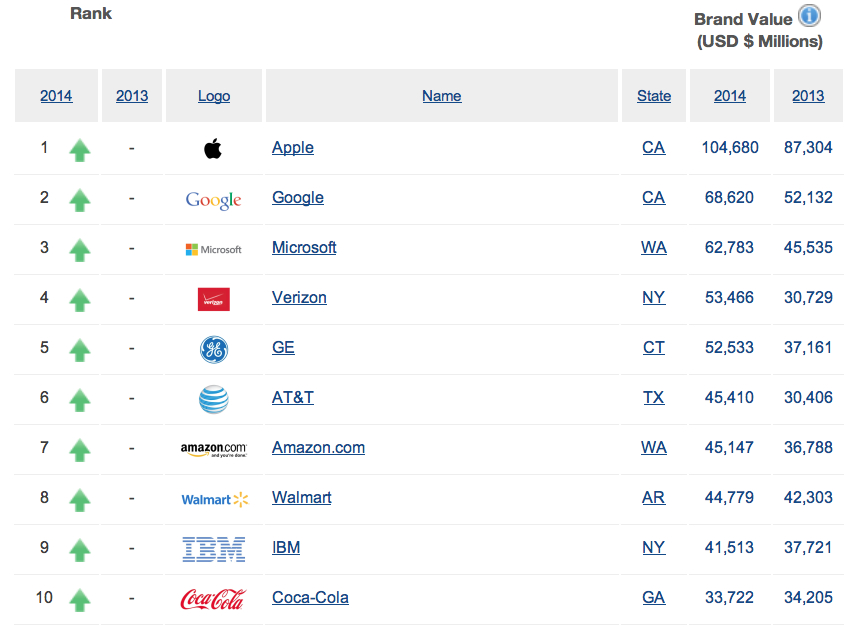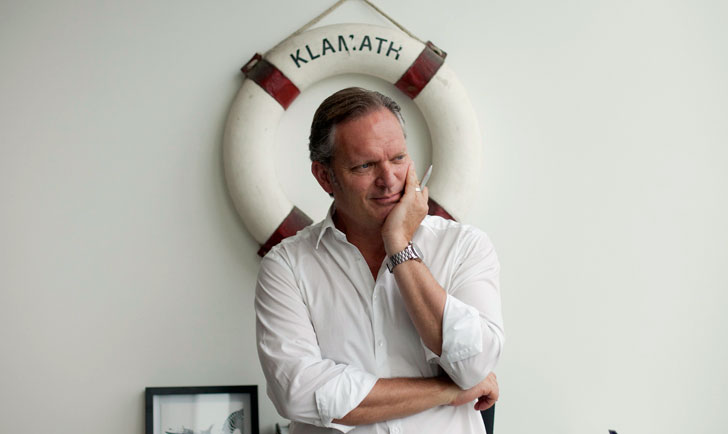News - Branding
How Can Middle Eastern Brands Go Global?
by Peter Knapp
March 9, 2015

But arguably this optimism relates to the potential rather than the reality because according to The Brand Finance Directory, there wasn’t a single Middle Eastern brand in the top 100 in 2014. If the Middle East is to become a global brand player it must raise its game.

So how could a company like Saudi Arabia’s STC become the next Vodafone? Well, it should take some pointers from global brand leaders. Apple, the leader of The Brand Finance Directory, has found a way to reach people emotionally and the result is long-term consumer loyalty. Apple rises above social and cultural affiliations and its consumers believe in and identify with its message. To top it off, the brand is underscored by the strength of its product - Apple continues to be one of the most innovative and forward looking technology companies in the world.
Aside from the Middle East’s obvious strength in oil, it has a burgeoning financial sector and is also seeing significant growth in technology and tourism. But although these sectors are seeing domestic success, the weakness for Middle Eastern brands is in making that all important connection with the global consumer. Many Middle Eastern brands have mastered this emotional connection with consumers on a regional scale. So the challenge for these brands is connecting the dots between developing a bond with consumers locally, to one that is felt by people all around the world.
Making the step does not require Middle Eastern brands to drop their cultural heritage, however. The most successful would combine this with a modern and global theme. One brand that draws heavily on cultural origins but is modern and global in outlook is that of Etihad, one of the fastest growing airlines in the history of commercial aviation. The Etihad brand aims to reflect Arabian culture and enhance the prestige of Abu Dhabi as a business and tourist hub for East and West, while grounding itself in the 21st century through modern design.
In fact, Etihad’s ability to be both global and local is the secret to its branding success and is something reinforced by its recent rebranding programme, including a new livery redesign and a host of new, innovative designs, which it produced with Landor. The language of the design is undoubtedly Middle Eastern in its provenance; it could not be mistaken as being from the US, Europe or Asia, and will help promote the region as a new commercial centre.
Named ‘Facets of Abu Dhabi’, the design pattern uses a colour palette inspired by the hues of the UAE landscape. The darker shapes are like the sands of Liwa, while the lighter colours are more representative of the Northern Emirates.
The sharp geometry is inspired by Arabic Emirati design patterns as well as Abu Dhabi’s modern architecture, and this, combined with the colour palette, creates the impression that although the airline is a progressive and innovative cultural hub, it is firmly rooted in the region’s history. Over the next three years, the livery will be applied to the entire Etihad fleet of over 100 aircraft and will also be used in interiors, lounges and on advertising.
Middle Eastern brands are growing and some have experienced expansion internationally with very little marketing, but what really sets a brand apart is the ability to stir up a long-term bond with consumers. These brands should look to examples outside of the country to enhance their inherent strengths. To sustain the current optimism in the region, the Middle East will need to develop its global brands.

Peter Knapp is a Global Creative Officer at Landor.





.jpg)




